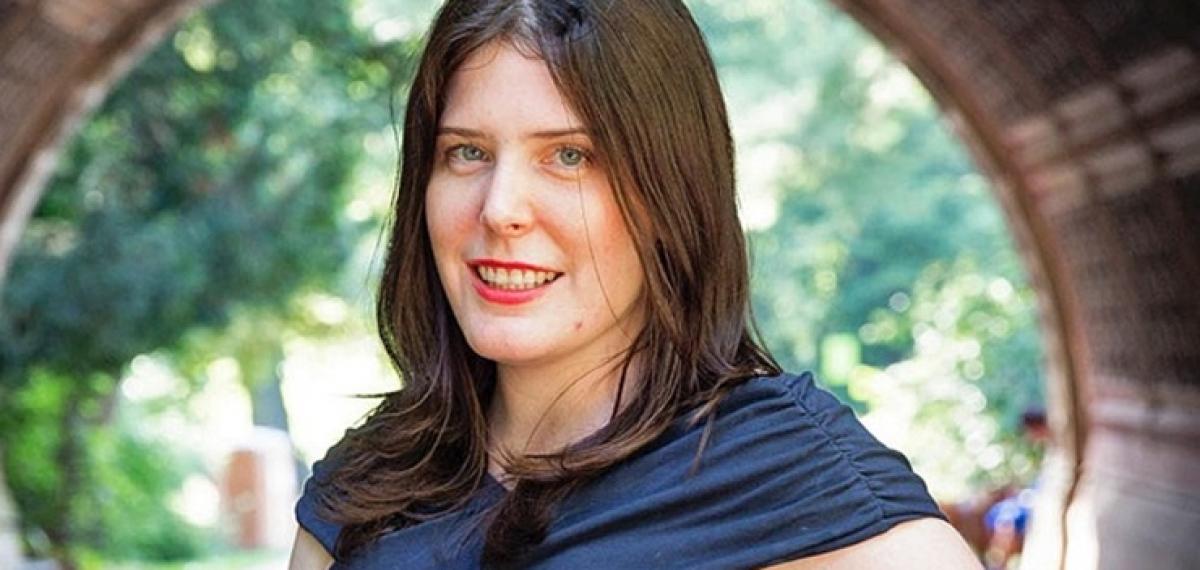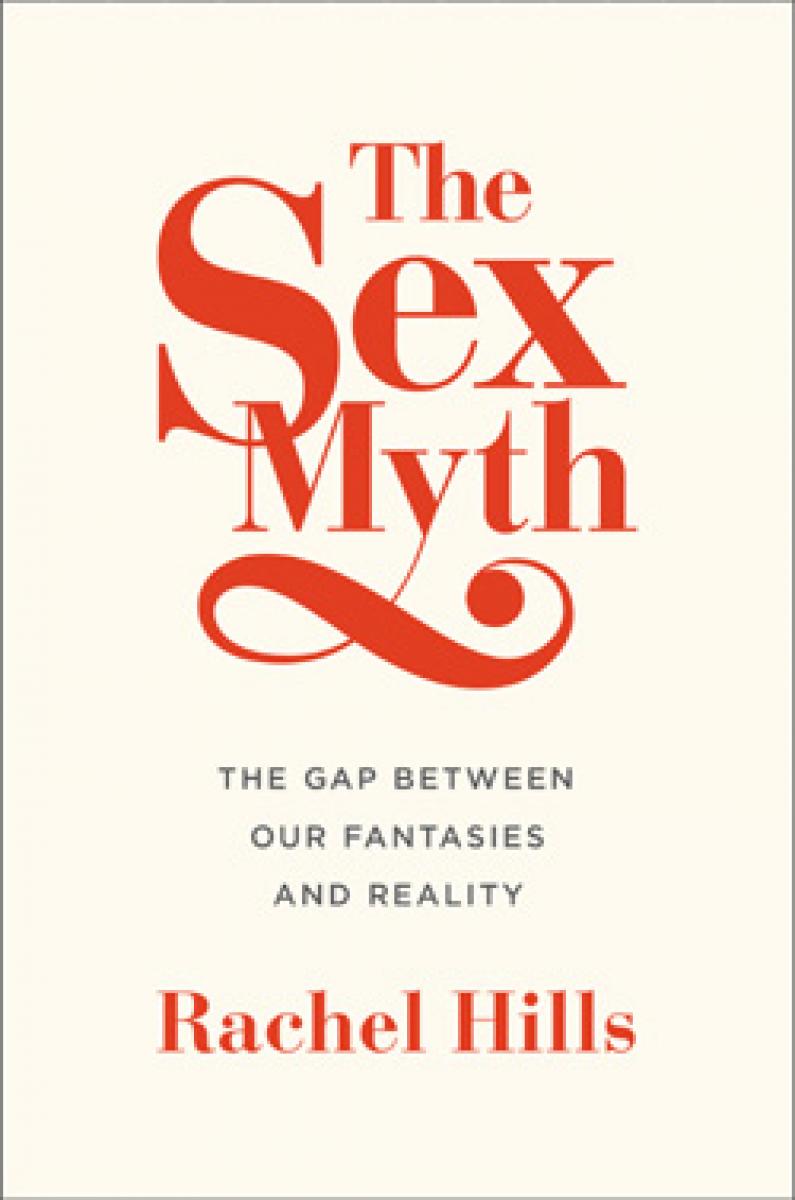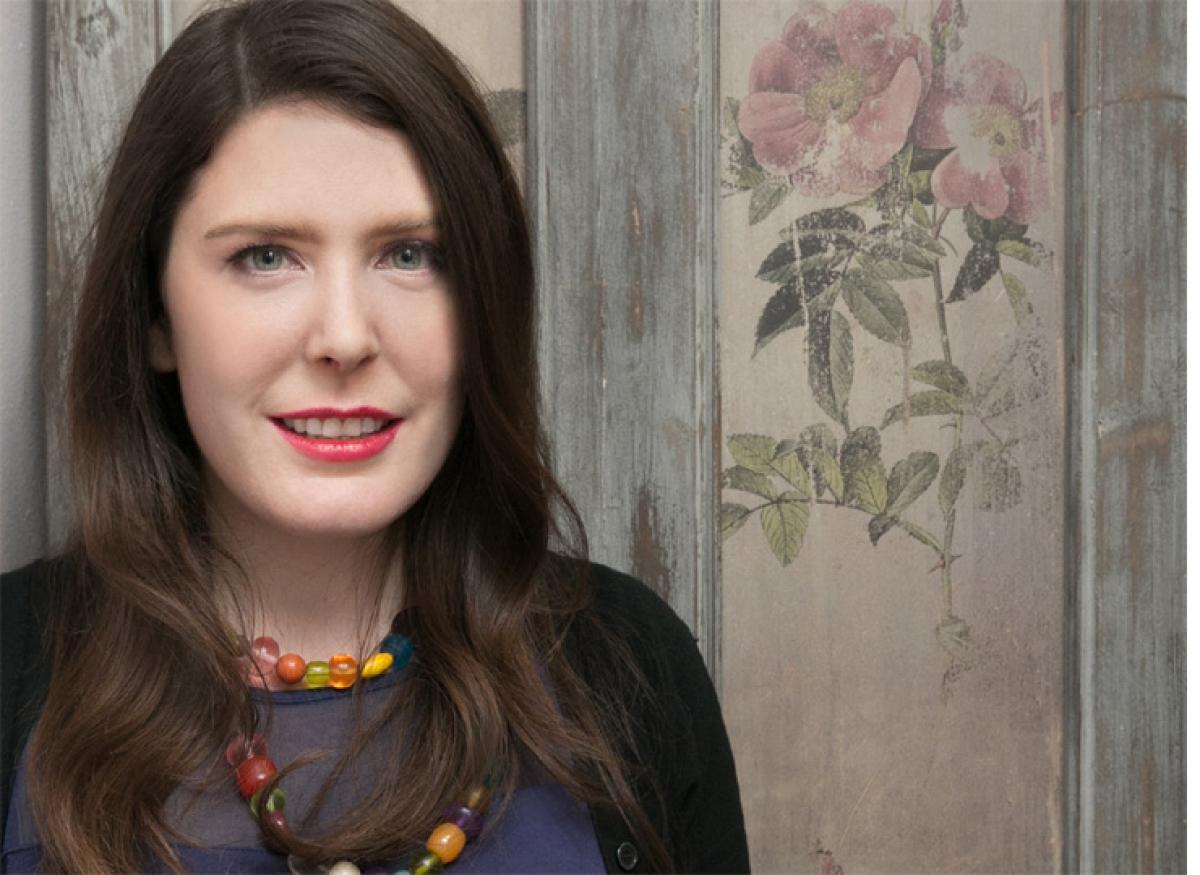Rachel Hills breaks sexual myths-ancient and modern

Almost five decades after the sexual revolution, the abiding ideas doing the rounds is that there is an abundance of sexual freedom, at least in many parts of the world.
 Almost five decades after the sexual revolution, the abiding ideas doing the rounds is that there is an abundance of sexual freedom, at least in many parts of the world.
Almost five decades after the sexual revolution, the abiding ideas doing the rounds is that there is an abundance of sexual freedom, at least in many parts of the world.
Millenial author and self-proclaimed feminist journalist Rachel Hills cuts through the sexual myths -- both ancient and modern -- to tell us about the silent code that lies at the root of such myths -- the defining significance of sexuality that once meant we were dirty if we did have sex, and now means we are defective if we don't do it enough.
In her first interview to an Indian media outlet, the author of the bestseller “The Sex Myth: The Gap Between Our Fantasies and Reality.” not only speaks about how cultures across the world are accepting pornography viewing by women but that there still remains an 'orgasm gap' between men and women.
Her contention is that beneath the veneer of so-called glossy hedonism "we are controlled by a new brand of sexual convention: one which influences all of us - woman or man, straight or gay, liberal or conservative."(Excerpts from the email interview)
Q. Why do you feel today's sexual expectations are tied to a myth?
A. It’s not just today. Sexual expectations across all eras are tied to a “myth,” in the sense that we are sold a monolithic ideal of what sex is and how it should be. When it comes to sex, we still live in a culture which is very push-pull. On the one hand, we’re told that sex is sacred and should only be engaged in under certain conditions (married, monogamous, heterosexual). On the other, we are told that sex is the most pleasurable thing we can do, the core of our most intimate relationships - and that as society liberalises around sexuality, it’s something that everyone is doing all the time. These narratives create a kind of twin anxiety around sex - we’re told we’re dirty if we do it, but we’re losers if we don’t do it enough.
Q. Do you think men are inclined towards satisfying their women more than ever before?
A. I don’t know about “more than ever before,” but there is definitely a focus on female pleasure and that’s a good thing. It’s not fair to have sexual encounters where only one person enjoys themselves. That being said, despite the renewed focus on female pleasure, there is still a real divide in how often men and women orgasm from sex during heterosexual encounters. US research on the “orgasm gap” shows that women only orgasm 32 percent as often as men do in first time heterosexual encounters, and 79 percent as often in ongoing relationships. And generally that’s because they’re not receiving the stimulation they need to climax.
Q. So what is 'good sex' and its ideal 'duration' or 'range'?
A. “Good sex” is sex that you and whoever you’re having sex with both enjoy. There is no ideal duration or range. Media and popular culture sell us the idea that good sex can be achieved by following a formula: do X move for Y duration and mix it up with a bit of Z and you’ll be amazing in bed. It’s understandable why these narratives appeal - most people want to be good in bed, both to please their partners and to keep up with the proverbial Joneses, but most people also have relatively little idea of what other people are up to. The idea that there is a “right way” to do something assuages our fears that we are doing it wrong. But it can also end up inflaming our anxieties.

Q. A new study says that some women are craving for action between the sheets, at least six times a week. But there is one factor that is blocking their way: stress. Is this what you feel too?
A. I haven’t seen that study! And without having read the paper, I’m a little sceptical to be honest. Six times a week was definitely on the high end of the scale of the people I spoke to while researching The Sex Myth. I’m not sure I interviewed anyone who had sex that often. I’m sure there are women (and men) who would have sex 6+ times a week in a world without stress or responsibilities - a perpetual honeymoon. But I also think that the idea that if people could have as much sex as they wanted we’d all be doing it constantly is a manifestation of a sexual ideal - and myth - in and of itself. The reality is that the human libido varies wildly. There are some people who would have sex every day if they could - I interviewed a couple of them for my book - but there are others who would be happy to do it once a month or less often. Neither way is better than the other.
Q. Today, more women are watching porn than ever before. Is this because they have realised what sexual freedom is all about and that men alone can't have it?
A. I think that as cultures grow more accepting of female desire, that increases the social permission for women to view things like pornography. But I also reject the idea that as sexual freedom increases, everyone will start acting on that freedom in the same way - whether that means having sex 6+ times per week, watching porn, or something else. True sexual freedom means getting rid of the idea that some ways of being sexual are more moral or enlightened than others. It means people being able to make free decisions from a wide array of options, rather than feeling like they need to follow a particular script.
Q. What does your book 'The Sex Myth' aim to achieve for the millennials?
A. The Sex Myth aims to help facilitate the vision of sexual freedom I’ve described about. It aims to relieve the pressure that so many people feel about their sex lives - this idea that how often, with whom, and how we have sex determines our desirability and our value as human beings. A word I hear a lot from the people who read it is “relief.” The wide array of stories in the book helps readers to feel seen, and the social science and history that form the foundations of the book’s arguments help them to put their experiences into a broader cultural and political context.
(Hills has written for publications like The Age, The Atlantic, Cosmopolitan, Glamour, NYMag.com, The Sydney Morning Herald, TIME and Vogue). (Nishant Arora can be reached at [email protected])
Next Story













